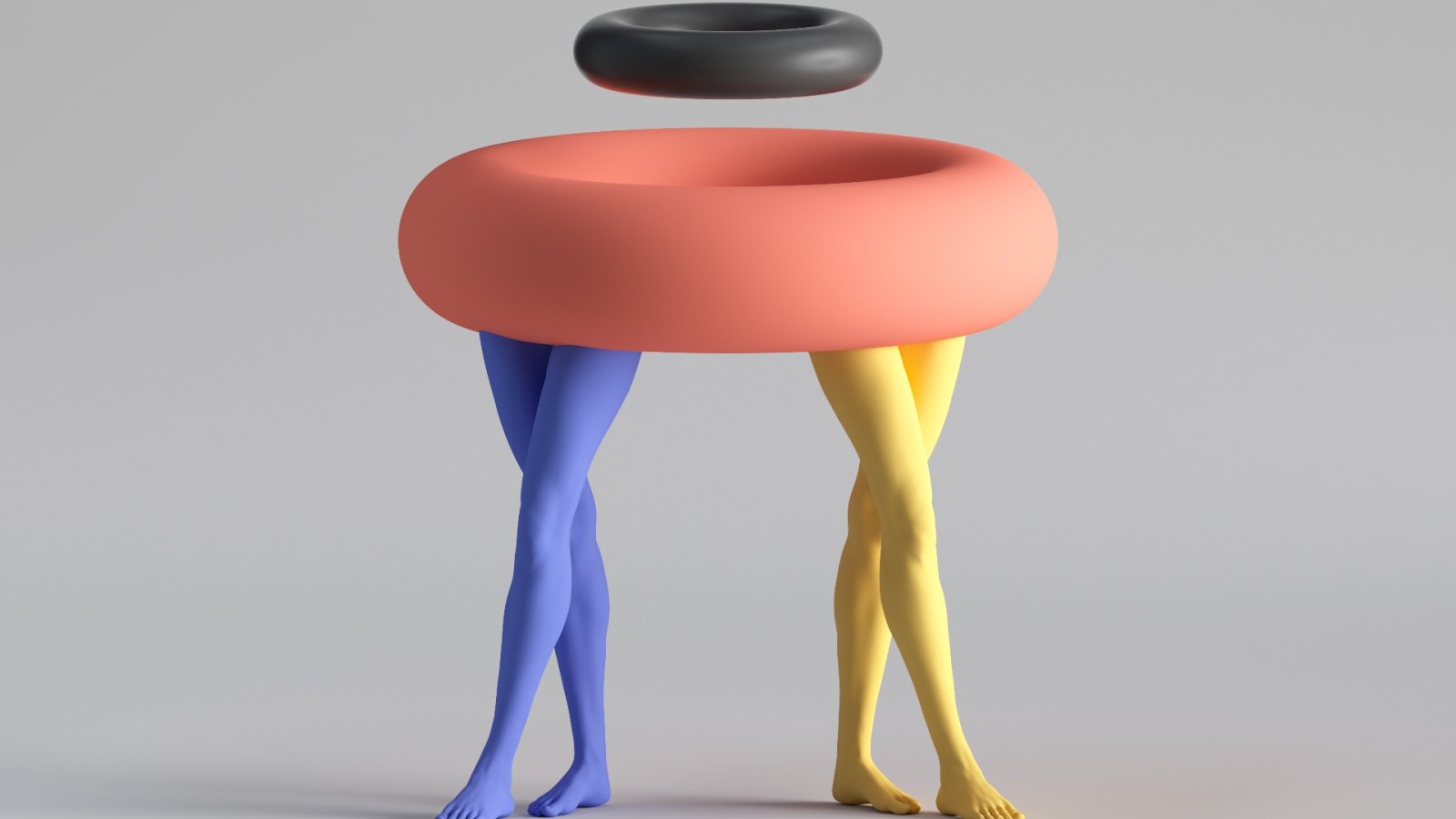Postmodern art is a term used to describe the movement of art that developed in the late 20th and early 21st centuries. It was a reaction against modernism, which had dominated the art world for much of the 20th century.
Postmodernism is characterized by irony, parody, pastiche, self-referentiality, and other techniques that call attention to the artificiality of artistic conventions and processes. Postmodernism also tends to be more critical of established artistic conventions than modernism was—which can sometimes lead it to be less formally experimental than its predecessor.What is Postmodern Art?
Postmodern art is a style that emerged in the 1960s and 70s, but has continued to evolve into the 21st century. Postmodernism is a term that encompasses both art and literature, as well as philosophy and architecture. Many postmodern artists were influenced by the movement known as Dadaism, which began in Europe during World War I (1914-1918). Dadaists were interested in creating art that was anti-art; they rejected traditional concepts of beauty, meaning and value. They also rejected the notion of an objective reality or truth.
In addition to rejecting traditional ideas about beauty and value, postmodernism rejects any notion of an objective reality or truth. In this sense, postmodernism shares some similarities with existentialism: an individual's perception of reality may be different from someone else's because their experiences are unique. However, unlike existentialists who believe that humans are responsible for creating their own meaning in life through choices made freely without any restrictions imposed by society or other authorities such as governments or religions (which might be considered authoritative), postmodernists believe that there exists no universal truth - only local truths that exist within specific communities where shared values have been established through consensus among members of those communities
Andy Warhol's Marilyn Diptych (1962) is an example of postmodern collage. Warhol took two images of Marilyn Monroe from different magazines and combined them into one piece. Roy Lichtenstein's Whaam! (1963) is another postmodern collage made up of fragments from comic strips and advertisements.
The Postmodernists were a diverse group of artists that combined performance art, bricolage and collage, appropriation, and other historic techniques into their art. As a result, the Postmodern art movement was mixed and not linear, very playful and ironic as it crumpled the difference between high culture and popular culture. It was more about everyday life and the art of living it.
If you don’t know where to start with Postmodern art, here are our tips of what to see:
Cindy Sherman's "Untitled Film Still #21" (1977-1980) is part of her series of photographs portraying stereotypical female characters, including a vamp, victim, and lover. The series, consisting of 69 photographs, explored fragmented, post-modern identity and gave voice to a second wave of feminism that focused on the home and workplace rather than suffrage. Sherman commented that any woman could be a role model, but not necessarily a positive one, which frustrated her as a young girl becoming a woman.
Andy Warhol's "Marilyn Diptych" (1962) utilized a press photo of Marilyn Monroe from the 1950s and a repetitive color and black-and-white portrait, challenging conventional notions of modern art. The repetition of the image provided an ironic commentary on mass production and the authenticity of art. Its aesthetic resembled that of the advertising industry, and the technique used was reminiscent of newspaper printing, thus challenging traditional approaches to art.
Carolee Schneemann's performance art piece "Interior Scroll" (1975) was a radical departure from classical ideas of art and high culture. During the performance, Schneemann undressed in front of the audience and read naked from her book "Cézanne, She Was a Great Painter" (1967), before slowly pulling a strip of paper (an interior scroll) from her vagina and reading its contents. This unconventional approach was a Postmodern statement, challenging traditional artistic norms.
Finally, postmodernism was a rebellious movement that defied established styles, ushering in a new era of artistic freedom and the idea that 'anything goes.' Although it only lasted for about 40 years, it undermined the traditional notions of artistic worth, much like Marcel Duchamp's Readymades did 60 years prior. The fact that Postmodernism can be appreciated without any artistic training makes it accessible to everyday people. Although it is not as recognized as it once was, its ethos of artistic freedom still holds power.






